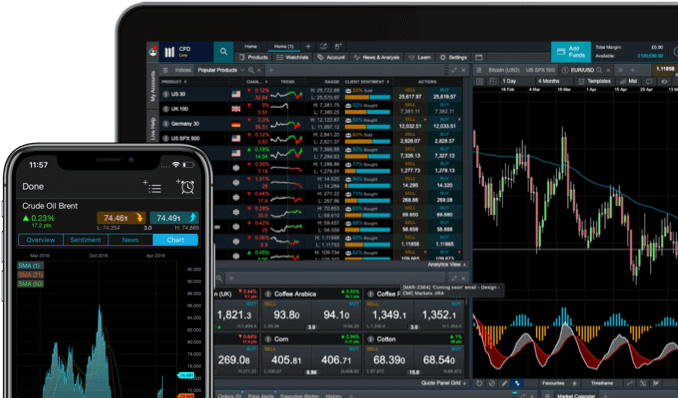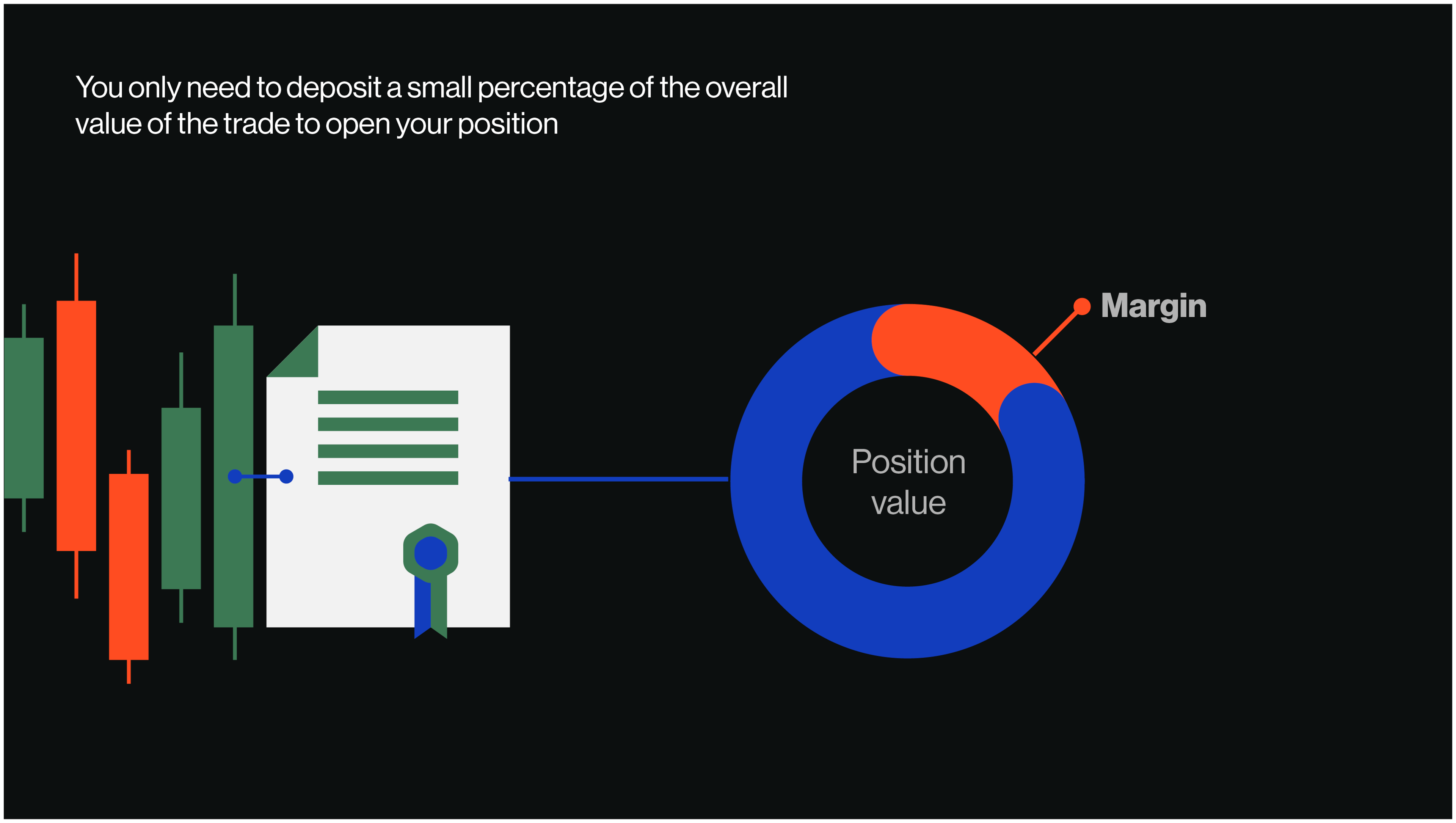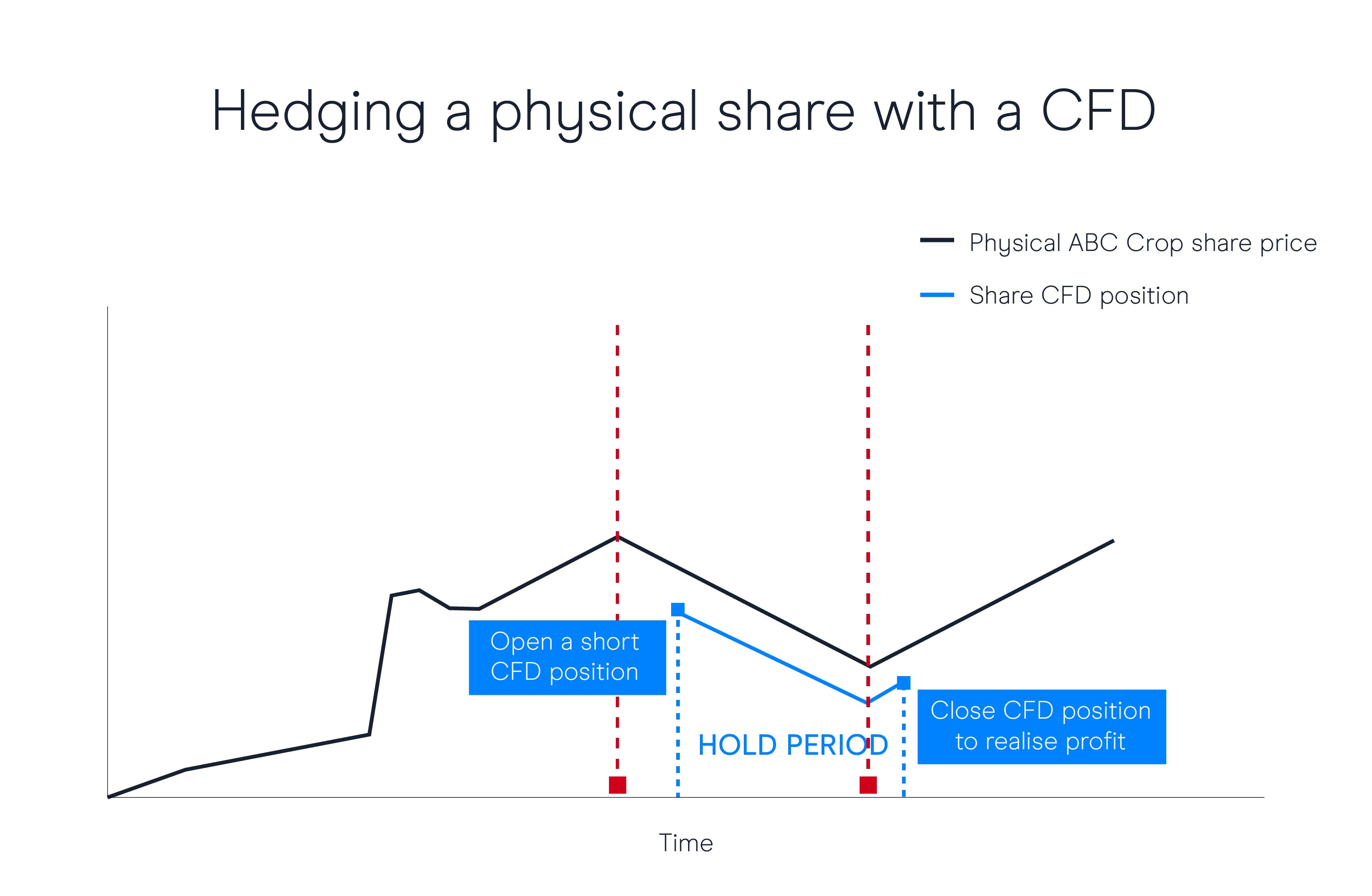The meaning of CFD is 'contract for difference', which is a contract between an investor and an investment bank, usually in the short-term. At the end of the contract, the parties exchange the difference between the opening and closing prices of a specified financial instrument, which can include forex, shares and commodities. Trading CFDs means that you can either make a profit or loss, depending on which direction your chosen asset moves in.
X
Choose your trading platfom

Web-Based Platform (NGEN)
Our Next Generation trading platform combines institutional-grade features and security, with lightning-fast execution and best-in-class insight and analysis.
Trade contracts for difference (CFDs) on over 12,000+ products including FX pairs, indices, commodities, shares, cryptocurrencies and treasuries.
Now compatible with TradingView
CFD account
MetaTrader 4 Platform (MT4)
Trade on the world's most popular trading platform, with advanced charting tools, EA's and algorithmic trading.Trade contracts for difference(CFDs) on over 200 products including FX Pairs, Indices, Commodities and popular shares.
Not compatible with TradingView
MT4 account



